Airships revolutionise luxury travel, and companies target the Chinese market
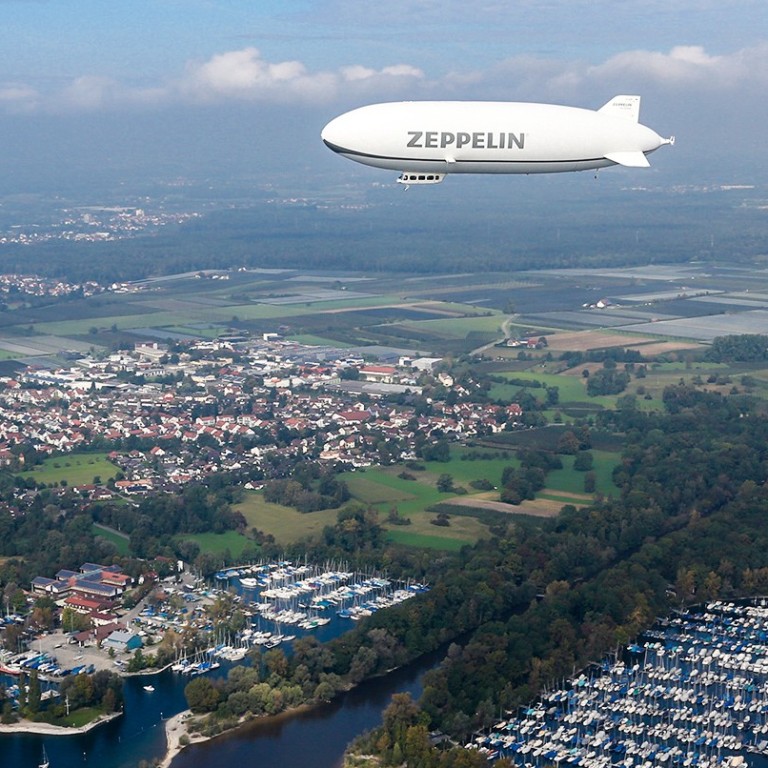
Michael Schieschke is asked the same question every day: if they use hydrogen or helium, and whether helium can burn. “But I think most of the public understands that these aircraft are safe now, but it’s true that, as an industry, we still have to do a lot better on communications,” he says.
Schieschke is talking blimps – and as the chief operating officer of arguably the most famous name in airship history: Zeppelin. If that conjures up the airship’s pre-second-world-war glory days – long-distance luxury passenger travel, interspersed with PR disasters the likes of the crash of the Hindenburg and the R101 (aeroplane crashes proving, strangely, not so dissuasive) – then now Zeppelin is thinking smaller.

The company now runs 12 routes across Germany and Switzerland for short tourist trips. But demand is rocketing: it now carries some 21,000 passengers every season. It’s building an airship for Goodyear and, in the long term, is aiming at operating a fleet of some 10 airships worldwide, with maybe five operating across China alone.
“The fact is that Zeppelin is, once again, an airship manufacturer,” Schieschke says. “We’re not makers of prototypes anymore. And I think there’s a good chance that airships of some sort are about to make a serious return.” Nor does he mean just for sight-seeing either. Indeed, around the world several companies are in various stages of developing new forms of airship, each seeking to capitalise on this form of aircraft’s unique – and seemingly long forgotten – benefits.
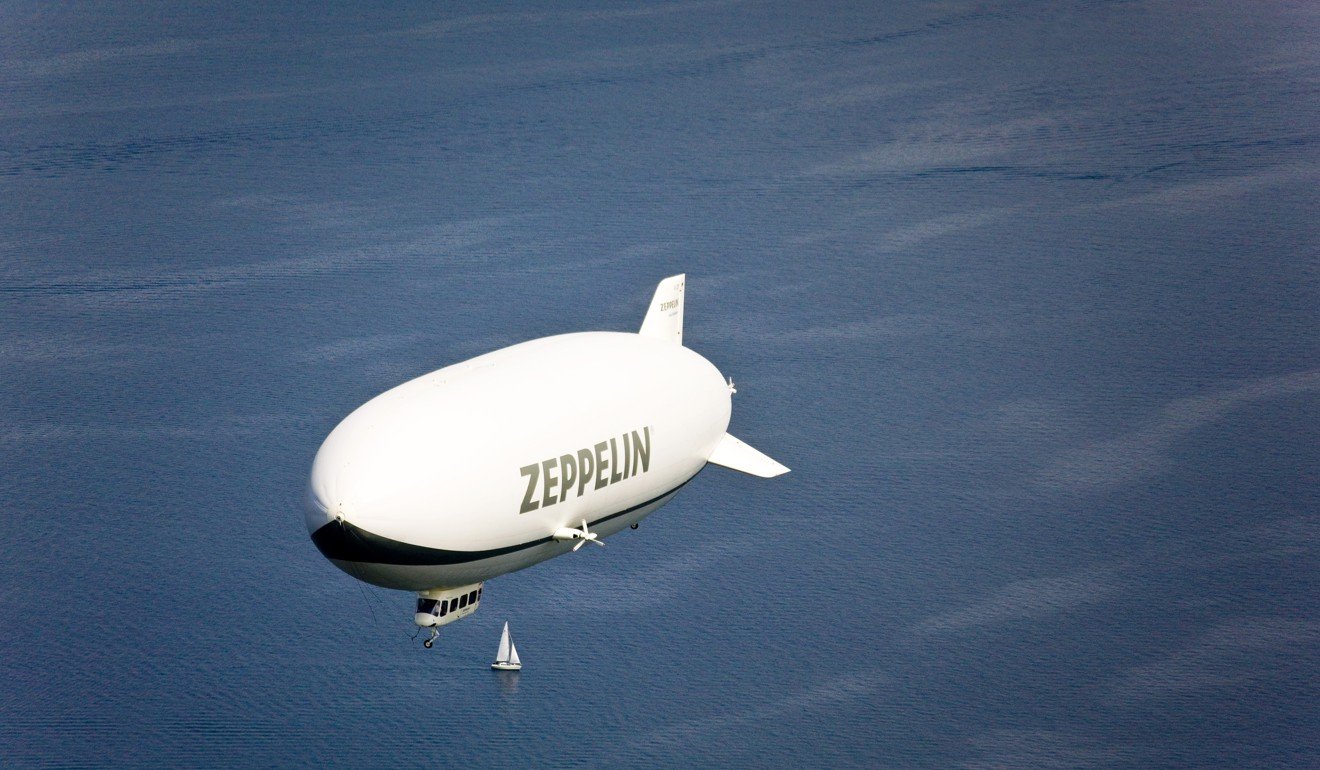
An airship, for one, can access remote areas without need for a runway; it can travel vast distances at low cost; its lifting capabilities are enormous; it’s low on fuel costs and emissions – with battery power potentially making it emissions-free – allowing it to be much more sustainable than jet-powered aircraft; it’s largely noiseless; and perhaps it might even be able to give back to air travel what it lost decades ago – a touch of romance.
“We live in an era when there is so much pressure to save time, to be on time, and airships are nothing about that,” Schieschke says. “But then people are longing to go slow again. And everything is slower in an airship.”
It’s an idea Chris Daniels appreciates – he calls the slowing down “one of the mega trends shaping the world now”. He notes how the public’s fascination with airships has long been fuelled by their association with all things futuristic, from Fritz Lang’s Metropolis to H.G. Wells’ The Shape of Things to Come, even while, at the same time, somehow condemning airships to the past.
Passenger flight in such a craft would be spectacular, but the biggest and most lucrative market will be carrying cargo, especially to places of limited access
“But now there’s a feeling that airships’ time is coming round again,” he says. And he’s much more hard-nosed about the potential for them to revolutionise air transport. His company, Hybrid Air Vehicles, based in the UK, now has a full-sized working prototype of its Airlander 10, a best-of-all-worlds solution that is part plane, part helicopter, part airship. And by full-sized he means a whopping 92 metres, making it the world’s largest aircraft. Test flights are imminent.
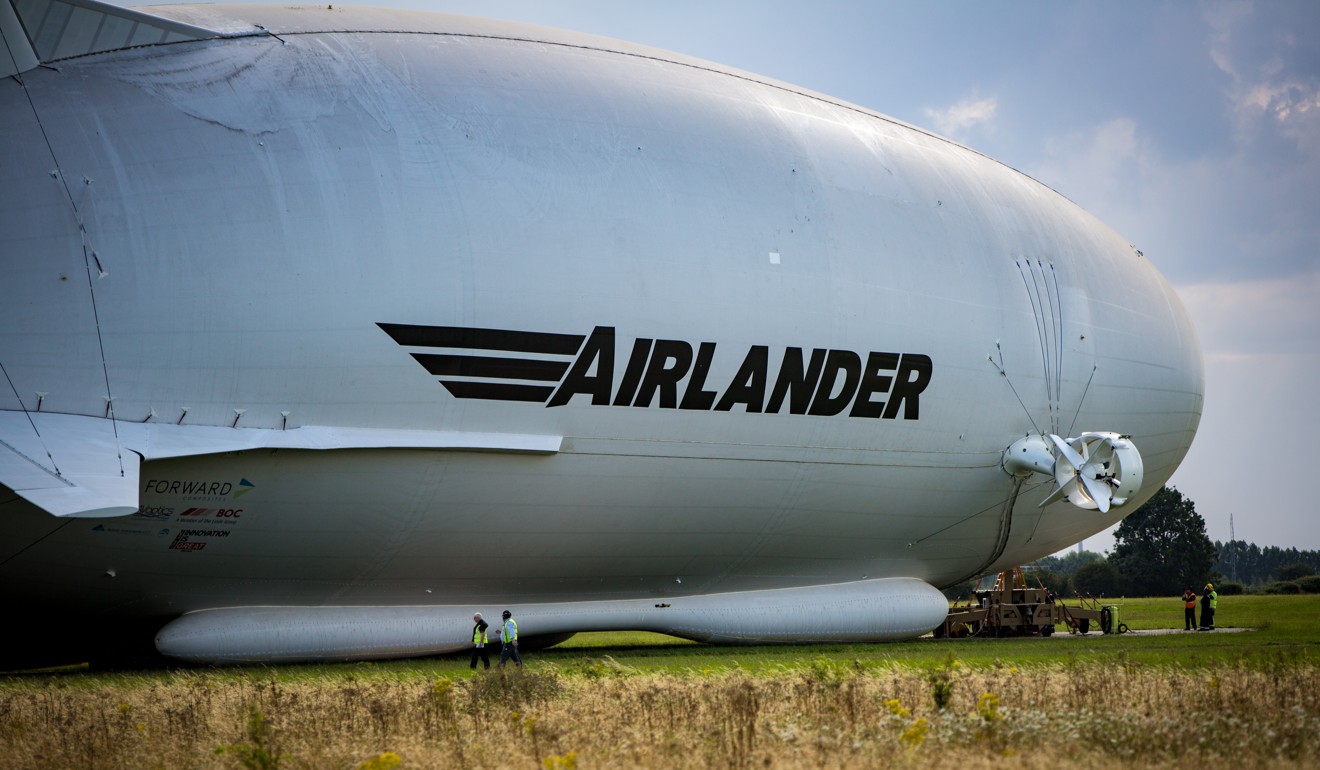
“Passenger flight in such a craft would be spectacular, but the biggest and most lucrative market will be carrying cargo, especially to places of limited access,” he explains. “We’ll need a critical mass, logistically speaking, before that becomes a reality – the need for pilots, spare parts and so on around the world – but you can see it happening.”
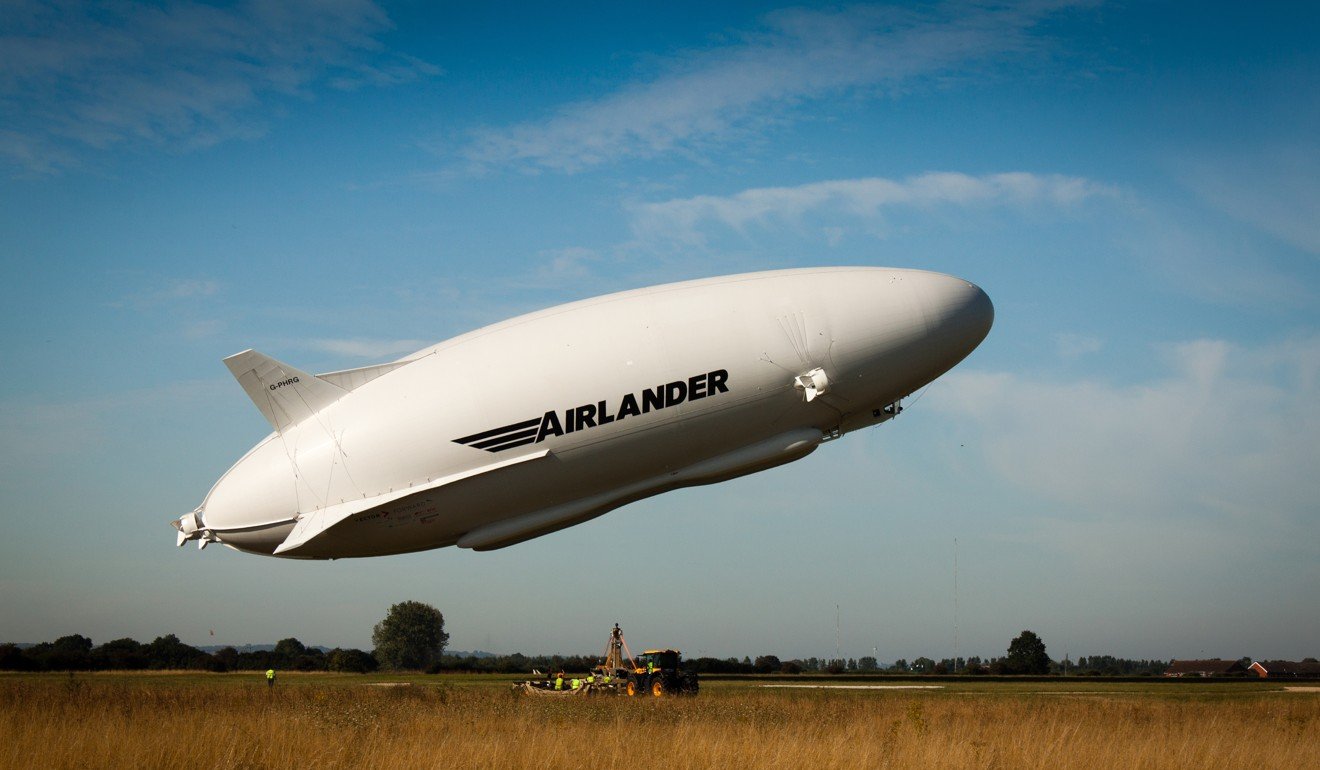
Indeed, Daniels argues that it’s never been more of a real proposal than it has in recent years, thanks to new materials allowing such craft to be stronger and lighter than before, but also to computing power allowing previously prohibitively expensive testing to be done. There has, he says, also been an important cultural shift in emphasis. “The whole speed/cost dynamic has changed,” he says. “If for a long time it’s been about getting from A to B as quickly as possible, now fuel costs and environmental concerns have changed all that. It’s why we’re seeing interest in drones too – because, relatively speaking, they cost next to nothing.
Certainly both companies are joined by a host of other airship projects around the world, in various stages of development, and trialling various new ideas to boot: SkyCat, for example, is a solar array-powered flying wing (technically a blimp rather than an internally-structured airship) but one that will be able to land on water. The Aeroscraft is a rigid-shell airship with a ceiling suspension cargo deployment system, which means its cargo can be delivered to the ground without the ship having to land at all. Its patent-pending COSH (Control of Static Heaviness) system also allows it to control the pressure of the helium inside, making the whole shift heavier than air when required, giving it more control than conventional airships when it does come to touching down.
There are, of course, other hurdles to cross before such widespread uptake – and take off – of airships becomes a reality. Helium – the inflammable gas that gives such craft their lift – may be the most abundant element in the universe, but it’s rare on Earth. Fortunately last summer geologists uncovered a gas field in Tanzania predicted to supply the planet’s helium needs for several decades and drive down prices. In fact it was an inability to access helium due to geopolitical tensions that encouraged the Hindenburg’s operators to use hydrogen.
That gives these airship visionaries further scope to imagine the many potential purposes for their craft – disaster relief, mine-sweeping, as flying cranes, mobile phone antennae and even as satellite deployment systems. Of course, what most people want to know is when they get to have a ride. Schieschke says the industry would require significant investment to make commercial passenger travel by airship a reality again. But that doesn’t rule out the idea of what Jim Dixon of Winch Design calls “a cruise liner for the skies”.
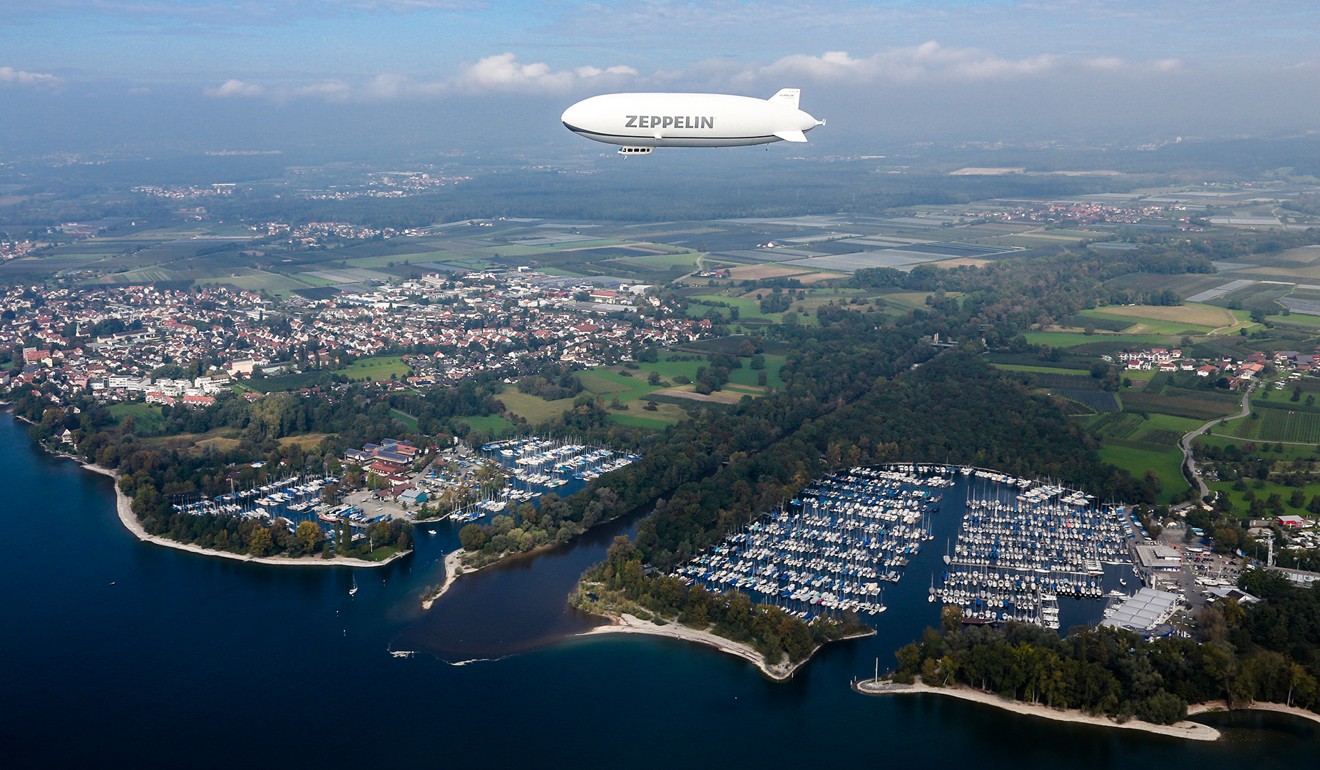
A few years ago he developed Winch’s Halo project, a proposal for a huge VIP airship with a gondola ring – open to the elements for an unobstructed view – that would tour the globe. “That high net worth type of customer gets turned on by anything new or different really,” he says. “The only inhibitor to this kind of travel is the speed, but that may not be an issue at all – it may be what sells it. It would be all about the journey, not the destination.”

Blimps are back, with Zeppelin already running 12 routes across Europe and targeting the Chinese market